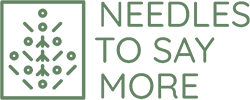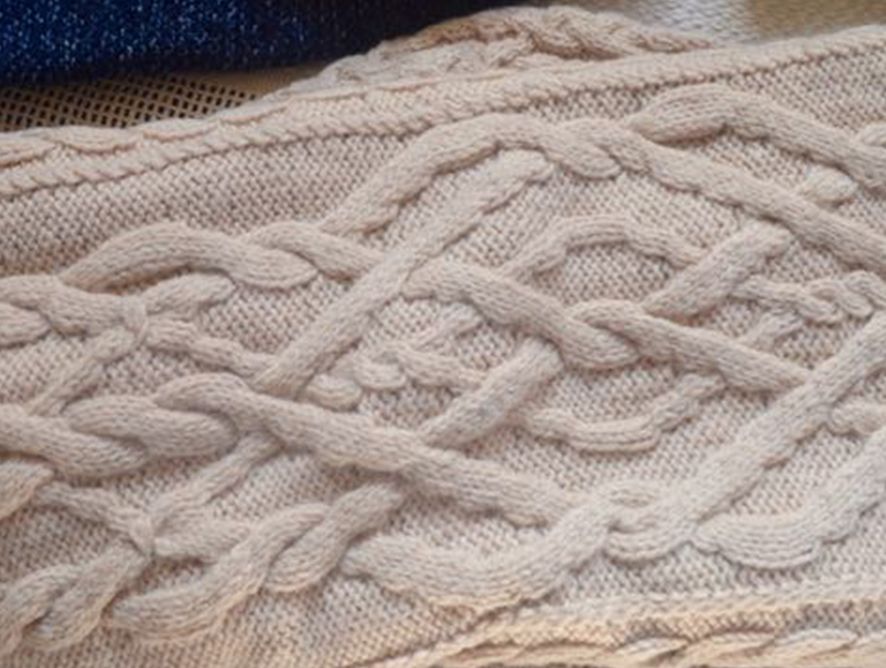Cables and lace (and maybe colour work) knitting is what gives a knitter that special feeling of achievement and truckloads of satisfaction.
Cables are a set of stitches, usually 2 or 3, which cross over another set of stitches, or the background, and give rise to exquisite designs. They look complicated, but once you have given yourself some quiet time and space, to actually knit a swatch or a cap, cables just keep building up, on top of each other.
Its much easier to follow a charted cable pattern, instead of a written one. On a chart, once you learn the symbols, and correlate them to your knitting, you can see exactly where you had left your knitting and can resume easily. Mistakes stand out like beacons, when you compare with the chart, and that makes it easy to fix any errors..the usual ones being a change in the twist, or forgetting to cross the cables. Brooklyntweed has posted a detailed and comfortable guide on reading charts, and I would suggest all knitters to have a look at it.
Many people look wistfully at my cabled sweaters, and ask if they could knit something like that, without killing themselves. I believe any knitter, who knows how to knit and purl, can knit a classy cabled sweater for themselves. Its a matter of knitting one row at a time–very much like living a day at a time..
You can knit anything with that rule. There is also this rule, which is equally pertinent–start small ( hat or scarf) and then move to your dream project. Elizabeth Zimmerman suggests knitting a hat as a swatch, before starting on the main sweater, and I second that ( though I haven’t followed that rule, much to my despair at later stages!)
Cables look fabulous in light colours which make them stand out. Choose the best wool you can find, and if its multi-plied, the cables will look even better. Online stores provide some excellent yarn… Nako Sport, and this blend are highly recommended. Angoora brand, from GangaAcrowools, is great for cabling too. Avoid fuzzy, loosely plied yarns and look for gentle blending of colour, which will not distract the eye from the cables.
Knit a swatch..the larger the better. Skip this advice at your own peril. Cables tend to pull stitches together at fixed points, and the final measurements can be very different from where you started. If you are planning to knit in the round ( my chosen method), knit a hat…wash and dry it, like you would wash and dry the sweater, and then measure your stitch and row counts.

Choosing a pattern for your project can be confusing. Check out Ravelry and Knitty….my favourite cabled sweaters are from the Brooklyn Tweed website ( all paid patterns ) and sweaters designed by Norah Gaughan.

The sweater tops my list of “must haves”, not the jump! Its available on Knitty.com

Another well written, free pattern on Knitty.com. The majority of free patterns can be confusing and hard to decipher, but Knitty.com is full of excellently written, good patterns. Its my first stop when researching patterns, or when I am looking for inspiration.
When starting the project, choose a size with some ease..Cables look good when they are not stretched across parts of the wearer’s anatomy. Read some of these excellent guides for you to become a good cable knitter..
This video is great for getting the hang of how to read cable charts and how to twist them as per the pattern. Highly recommended.
Verypink.com posts excellent video tutorials to help knitters.. Her tutorial for cables is worth a watch.
And finally, anyone attempting a cables sweater for the first time, or the umpteenth time, can get in touch with me, on Instagram or here, in the comments, or by email. I have only listed resources for techniques here…but then, knowledge is power, knowledge is the fuel for rockets, and the zing for your knitting mojo!!

So, anyone willing to knit this beauty along with me? next month?

